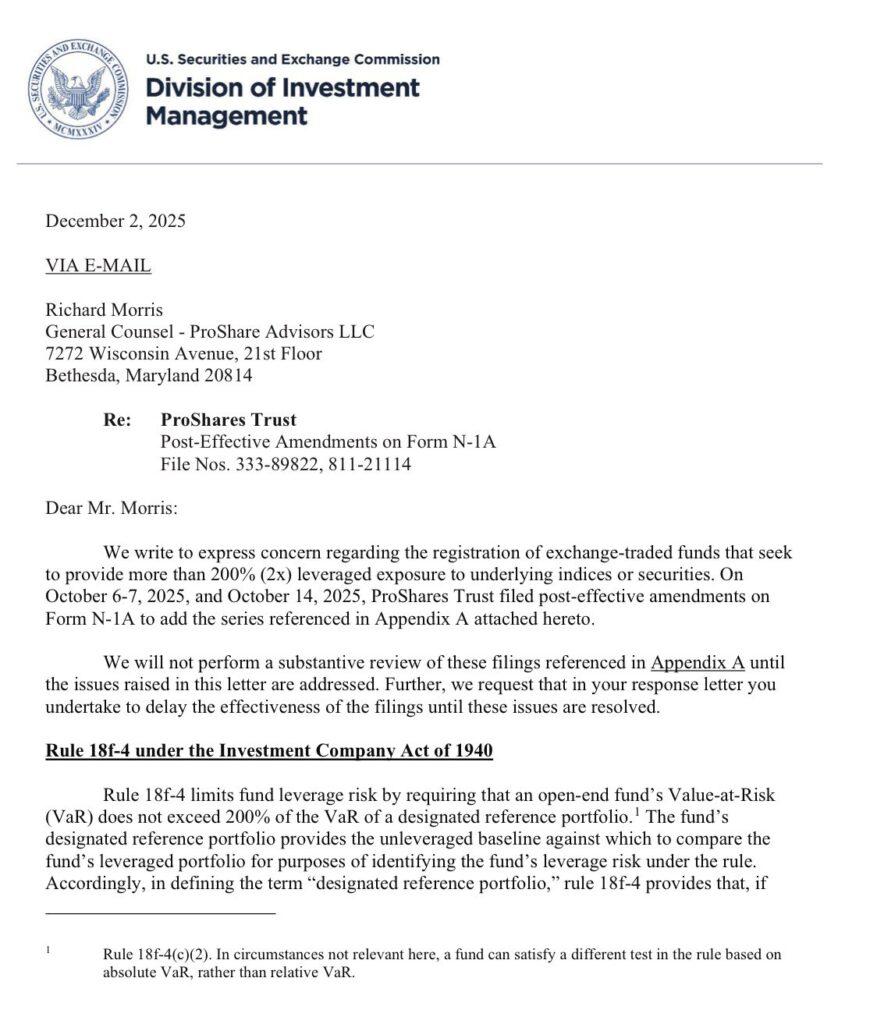Hello, and welcome to another episode of the Minor Issues podcast. I am Mark Thornton at the Mises Institute.
The great reckoning seems to be following the course that I have been charting by guesswork. In other words, the great trainwreck seems to be happening. Let’s see what we are experiencing so far.
Interest rates appear to be headed out of their long inversion. My anticipation was that the economy would not enter recession when interest rates started to invert, but rather when they started to reverse the inversion.
Inversion of interest rates occurs when long term rates are lower than short term rates. Normally, short-term rates are lower than long-term rates for investment purposes.
You may have noticed that banks have been offering higher rates of interest return on short-term CDs than they have been offering on longer term CDs. That is unusual and reflects the inversion of interest rates. When long term rates rise and/or short-term rates fall the “yield curve” will eventually “un-invert” and return to “normal.”
With many business cycles, there is only a dip towards inversion or a small temporary inversion and this is followed by a normal recession.
However, there are also a few cases of larger and longer lasting recessions, and these have been typically associated with longer and more painful recessions or depressions. You can see the history of this relationship in the graph posted in the show notes.
If you examine the yield on 10-year Treasury Bond vs. the 2-year Treasury Bond over the last half century, then you will see perhaps only two or three periods of substantial inversion, a few substantive inversions, and a few minor inversions. Clearly, this is not strictly a mechanical process and both the causes and effects of the inversions depend on many factors.
Note too, that the business media discussed the inverted yield curve at a fever pitch when the inversion started, but it has been all crickets recently.
I draw your attention to the substantial double inversion of the late 1970s and early 1980s—what I call the Gemini inversion—and the current inversion which started in June 2022 and has yet to run its course.
The intermediate inversions includes the late 1980s which involved the Saving and Loan Crisis and the Recession of 1990-1991; the millennial inversion which involved the Tech Stock Bust and Recession of 2001; and the dual dip inversion at the height of the Housing Bubble that was followed by the Great Financial Crisis.
There have been many minor inversions in the past, but in the last half century only in 2019 was there a modest or marginal inversion. This was subsequently associated with the Covid Recession in the Spring of 2020 and was universally dismissed.
However, please note that many Austrian economists, including myself, were anticipating a severe recession in 2020 and that anticipation was made mute by the government’s Covid response, which injected trillions of government spending and trillions of increases in money and credit by the Federal Reserve. In other words, there may have been a substantial recession or depression had Covid not mysteriously appeared at that precise time.
Getting back to my current guesses and outlook: The anticipation in the market was for a multitude of interest rate cuts by the Federal Reserve starting more than one year ago, but those anticipations have been nullified by inaction by the Fed so that now the current anticipation is for one or maybe two such cuts. I can almost hear Carly Simon singing her heart out for Wall Street.
Back then, our anticipation was for no cuts due to our expectation of persistence in coming price inflation reports. Our current anticipation is now for multiple cuts in the relatively near term. These anticipations for cuts are not linked to Wall Street’s hope that it drives the stock market even higher, but rather the Fed’s attempt to prevent the stock market from going dramatically lower and the economy slipping into recession. Of course, that expectation is really based on the impacts that the Fed’s past policy will manifest in the real economy, which in turn drives stock prices, especially certain stock prices, and the economy, much lower.
I want to add a very large note of caution here. When I say, “our anticipation,” what I mean is “my best guesswork.” I do benefit from the wisdom and input of my colleagues and other outside experts, but applying theoretical analysis to matters of timing and magnitude is a highly inexact art and subject to likely error. In other words, what the Fed does, what the stock market does, and what the economy does cannot be predicted in the same sense that the mechanical and physical sciences can predict simple relationships of physical bodies and forces.
I will however extend this analysis in upcoming episodes to include a theoretical understanding of how inflation is bad for the economy, beyond what we see at the cash register/checkout and also a theoretical analysis of what is happening at companies right now that will impact their profitability and ability to employ people, and hence things like stock prices.
There is a link to get a FREE copy of my Skyscrapers and Business Cycles book in PDF, ePub, and HTML formats. Please take a read of chapter 3 and the example that starts on page 52.
This has been another episode of the Minor Issues podcast.
Full story here Are you the author? Previous post See more for Next postTags: Featured,newsletter



































